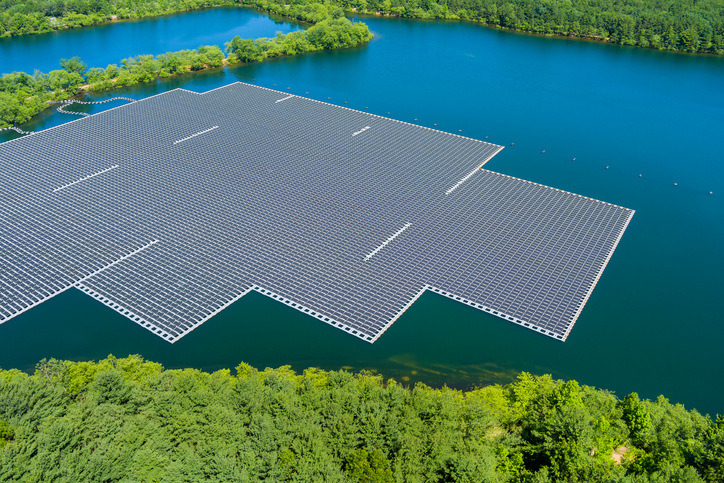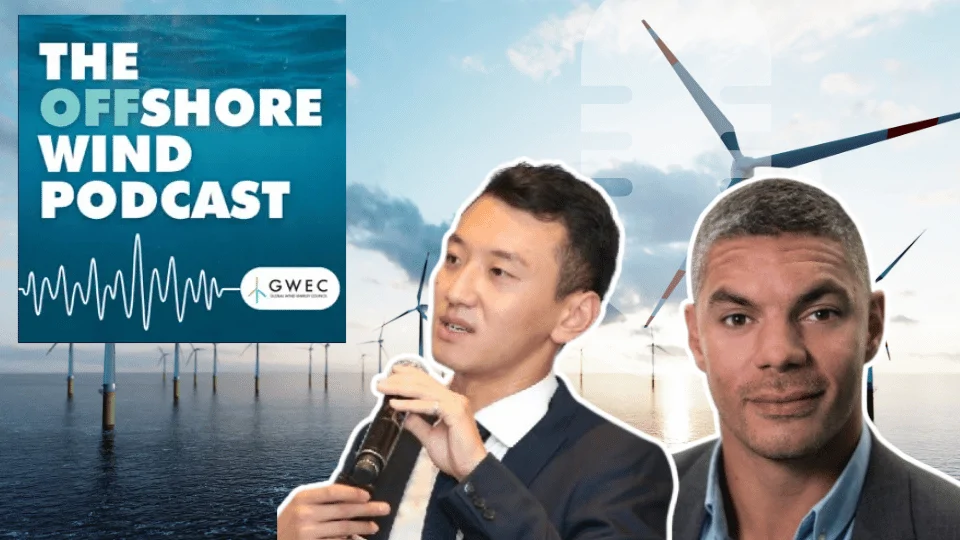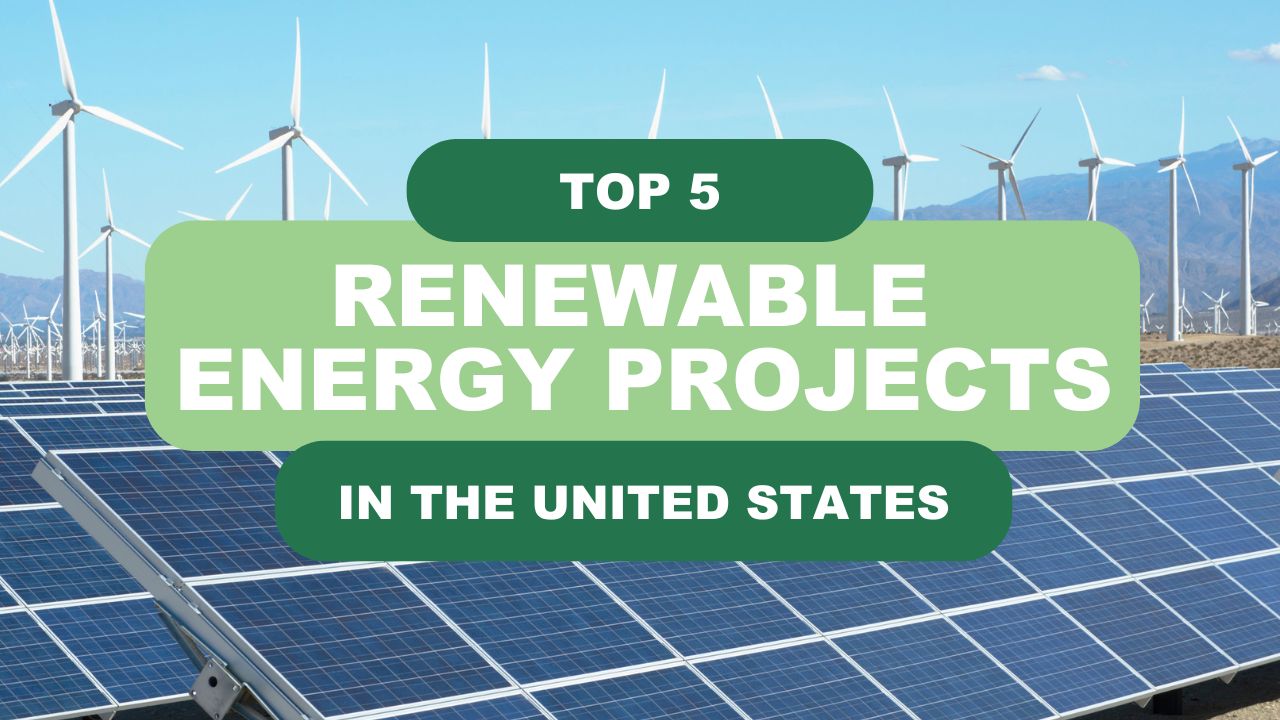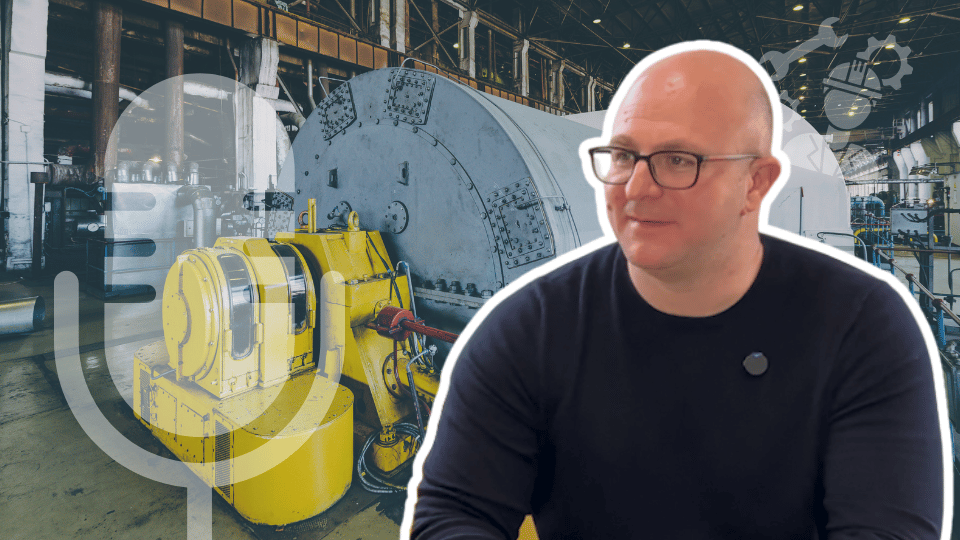The Future of Renewables – Innovations in Energy Technology
17 Oct, 202313:54The future of renewable energy is more than just bigger, more efficient wind turbines and so...

The future of renewable energy is more than just bigger, more efficient wind turbines and solar panels. As well as developing existing technologies, researchers and companies are innovating to find new ways to harness clean energy. Land space is at a premium, with the best areas often competing with agriculture or in challenging terrain, and there are significant cost and logistical challenges to building wind farms at sea.
Research and development into alternative forms of wind power, including bladeless wind turbines and flying wind devices, is well underway, as well as combining renewable technologies in hydropower and solar with floating solar farms.
Along with new methods to capture renewable energy, there is also exciting research into new energy storage technologies, such as lithium glass batteries, that will further mitigate the problem of intermittent renewable energy and propel the industry forward.
The final part of the complete solution is reducing energy waste and lowering emissions. One of the most significant contributors in terms of transportation – shipping – is looking to the past to inspire modern solutions.
This article will look at just some innovations in the exciting world of renewable and alternative energy technologies.
Contents
Bladeless Wind Turbines – Safer, Smaller, More Convenient
Floatvoltaics – Saving agricultural land space with floating solar panels
BAR Sails – a traditional solution to a modern problem
Airborne Wind Energy – Cost-effective flying turbines
Lithium-Glass – The Next Generation of High-Capacity Batteries
Bladeless Wind Turbines
While photovoltaics is still the fastest-growing renewable energy source, onshore and offshore wind technology is integral to the renewable energy mix. Current developments focus on developing taller wind turbines, mainly offshore, with larger blades to capture more energy. It's predicted that blade length could reach up to 250m by 2035.
Beyond turbine technology, researchers are looking at new ways to harness wind energy, with a few new ideas on bladeless turbine technology.
Bladeless technology addresses some of the critical challenges of wind turbines – they are less noisy, take up less space despite using the same amount of materials, and are significantly less harmful to wildlife, particularly birds. While the current technology generates around 30% of the energy of equivalent wind turbines, they are still promising in their applications where a turbine would not be appropriate or challenging to install.
Madrid-based Vortex Bladeless is one such R&D company developing bladeless technology with a single tower that uses vortex shredding (aeroelastic resonance). Other bladeless pylons use magnets and aerodynamic induction (direct pressure). The technology is still in its infancy and is unlikely to surpass blade turbines. Still, it is a smaller, quieter and safer alternative as part of a more extensive alternative energy solution.
Researchers have also considered the concept of an ion wind generator. This technology uses wind to create a flow of charged particles in the air, which can be used to generate electricity. An experiment back in 2013 at the Delft University in the Netherlands pioneers the EWICON or Electrostatic Wind Energy Converter, which used water droplets to hold a positive charge, while a later experiment, Solar State Wind Energy Transformer (SWET) by scientist Richard Epstein, charged particles which could then be collected as electricity. While this generated a minimal amount of electricity, it showed that there are various potential alternatives to turbine wind generation.
Floatvoltaics
The challenge of solar farms is that they compete with agriculture for space. Some countries prioritise land use for agriculture, so the industry looks at innovative ways to implement solar technology. In countries where land is expensive, and legislation protects agricultural land, agri-voltaics (developing solar farms alongside agricultural land, such as suspended panels above fields) are impractical.
While offshore wind has been used since 1991, the idea of floating solar plants, or FSPV (floating solar photovoltaic), is more recent. This involves installing solar panels onto floating platforms in water, such as lakes and reservoirs. The first large-scale floating solar plant was installed in Aichi, Japan. Since then, China has operated the three largest floating solar plants in Zhejiang, Shandon and Anhui. India, Taiwan, Japan, and Indonesia are investing heavily in technology and the United States in larger bodies of water.
Floatvoltaics free up land space for other uses such as agriculture or home building. They are also much more efficient than land-based solar panels, as the water underneath has a cooling effect on the modules. When paired with hydroelectric solutions, the panel coverage can prevent water evaporation in reservoirs, improving dam efficiency, particularly in hot countries prone to drought.
There are disadvantages, too; floating voltaics are more expensive to install and maintain due to the additional components required for buoyancy and electrical safety, and particularly in salt water, components can degrade more quickly. Maintenance and repairs are also more complicated as they must be completed on water instead of land. The reduced sunlight to the water underneath the panels can also affect aquatic life and algae, which is a significant concern of conservationists on the technology's long-term viability.
However, for industrial and commercial purposes, in countries with a high ratio of standing water bodies or as an additional energy-generating tool in a hydro energy solution, Floatvoltaics shows excellent promise.
Slower, cleaner journeys by sail – ancient technology, modern solutions
An interesting fact is that the Egyptians are thought to have built the first sailing ships in the world around 4000 BC. It wouldn't be until over 5000 years later, in the mid-1800s, when iron-clad ocean liners began to use propeller-based propulsion exclusively, and sailing became a pastime over a necessity.
Today, with a global focus on the emissions of international shipping, this ancient technology could provide a modern solution to reducing fuel use and the carbon footprint of shipping.
Shipping firm Cargill has recently retrofitted their cargo ship, the Pyxis Ocean, with an experimental type of sail. Developed by UK technology company BAR Technologies, two 37.5m high 'wings' are made from the same materials as wind turbines and are designed to fold down when in port and to be raised in optimum conditions to save fuel.
In the test, the ship sailed from China to Brazil in September 2023, which would have saved approximately 1.5 tonnes of fuel per day, or the equivalent of 20 tonnes of CO2 per day.
There are vital challenges when decarbonising the shipping industry. Most modern ships are designed to run on fossil fuels, and retrofitting can be expensive. New ships are built to be more efficient but still hold a high carbon footprint. EV ships are being researched and developed, but they are only currently more efficient on smaller ships, not heavy container vessels. Green hydrogen, CO2, and biofuels are also possible in the future but are not produced in high enough quantities to meet the expected demand of a global rollout.
In the meantime, a partial return to wind-powered propulsion could lower the carbon footprint without requiring major changes to fuel infrastructure.
Flying wind power
One of the biggest challenges to wind turbine technology is the cost to scale. Wind is typically stronger as altitude increases, so turbines need to be taller and taller to reach these resources.
A potential solution to building increasingly taller turbines is the possibility of airborne systems. This involves deploying an Airborne Wind Energy (AWE) device tethered to the ground to ascend to higher altitudes and use stronger winds to generate electricity.
There are three main concepts behind AWE which are actively being researched;
Ground-gen – a flying device is tethered to a winch and generator on the ground, and the pulling force of the aircraft in motion generates energy at the winch and generator point.
Fly-gen – A flying device uses rotors on the aircraft itself to generate power and transfer it through the tether, essentially as a flying wind turbine.
Rotary – uses an airborne device like a kit to hold up a network of aerofoils which turn in the air, generating energy through turning a generator on the ground.
There are many advantages to AWE over a traditional turbine. Because they are smaller and use fewer materials, they are cheaper to produce and maintain and can be deployed where it is not practical or more expensive to build turbines. They can climb higher than turbines, and the altitude can be adjusted depending on the optimum wind resource, which means they can be more efficient than a turbine.
One of the key challenges of the technology is safety, mainly around takeoff and landing and protecting against crashes if the tether breaks. In populated areas, this will be an essential obstacle to cross.
Research and development of AWE have been around since the 1980s, but the ongoing pressure of climate action is encouraging new solutions and analysis of new technology. Norwegian-based Kitemill claims to have set a new record with their AWE kite in May 2023, covering more than 500km across a five-hour flight. Despite the energy output of the test being just 20kW, this system is far easier to install than a turbine. Other companies like Twingtec in the Netherlands, Skysails in Germany, and Kitenrg in Italy are also developing and improving ground-generated drag-based AWE solutions.
Lithium-glass batteries
One of the biggest challenges of decarbonisation is energy storage. From storing the energy generated by intermittent renewables to adopting EVs over combustion engines, the global demands to safely and efficiently store generated power are increasing.
Lithium-ion batteries, while the current standard in battery technology, have flaws. Lithium-ion charges through a liquid electrolyte, which is known to be flammable, and one of the most significant risks of these kinds of batteries is fire, mainly as they degrade. In addition, the materials used in their production are not sustainable. Cobalt, in particular, is in higher demand than there is supply in the world, and there is not enough to meet the world's battery needs.
In 2019, scientist John Goodenough won the Nobel Prize in Chemistry for his work in the lithium-ion battery. Before his death, he was partly responsible for discovering a new type of battery that used glass mixed with alkali metals to create a solid-state lithium-glass battery. While many different types of batteries are being researched for commercial use, such as cobalt-free or lithium-sulphur solutions, Goodenough's glass battery shows the most exciting results.
Firstly, the glass battery is reported to have three times the amount of storage capacity of lithium-ion batteries can charge within minutes rather than hours, and early tests show the battery is capable of at least 12,000 charge-discharge cycles, significantly more than current lithium-ion batteries. In addition, a solid electrolyte is much safer than a liquid one because the batteries are non-volatile and non-flammable, which makes them much safer.
John Goodenough passed away in June 2023, aged 100, but his team continues their research with promising results and hopes to have scalable technology as early as 2024.
Lithium-glass batteries make EVs safer and lighter while increasing their range and significantly lowering their recharge time. They could dramatically increase the energy a solar or wind farm can store. And they could eventually replace lithium-ion batteries entirely.
Conclusion – The future of renewable energy technology
There is still a critical need for decarbonisation and a reduction in fossil fuel usage, and there is no doubt globally that renewable energy will lead the way in the revolution. Solar, Wind, Hydro and Geothermal are considered to be the key contributors by 2050, with solid investment in solar and wind in particular. While existing technology continues to improve, such as more efficient solar panels, taller and more powerful wind turbines, and improved energy storage solutions, new technologies will add to the mix, providing additional options when considering renewable energy.
Looking for support in finding the right renewables expertise?
We have been at the forefront of the renewable energy sector for over 20 years. Through global partnerships with our esteemed clients, we offer comprehensive workforce solutions, spanning talent acquisition to project management. We take immense pride in being a leading provider of sustainable solutions, including major solar projects and onshore and offshore wind.
Our experts are deeply committed to the renewable energy transition and have a profound knowledge of its forecasts and projections. With a vast international network of skilled professionals and in-depth local market expertise, we excel at identifying the perfect individuals for your project.
If you're a fast-growing innovator within the renewable energy sector, contact us today. Let's discuss your recruitment needs and explore how we can collaborate to ensure your success in the renewable energy industry.










